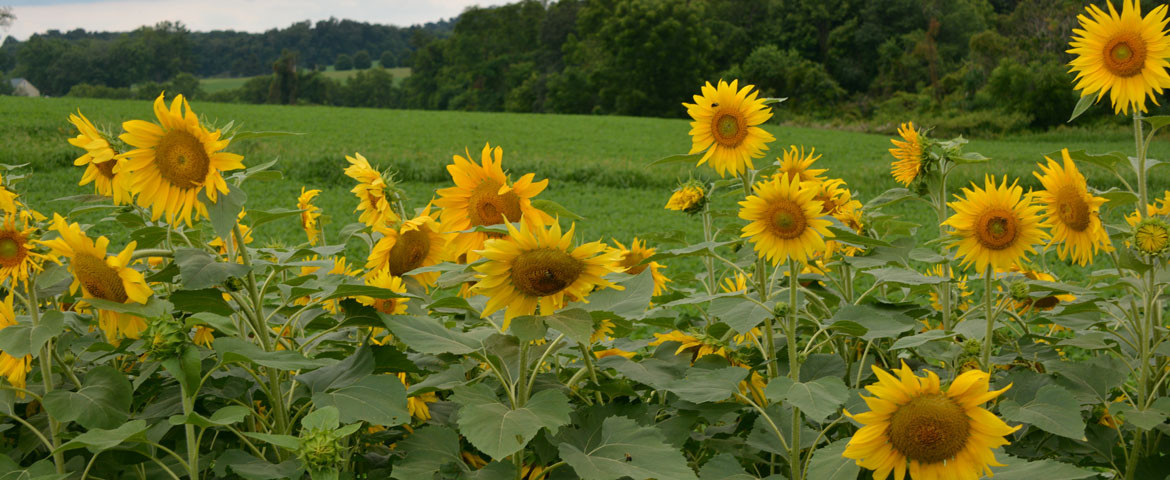
On the ride to the Mazing Chase course on July 20, 2014, the WooFDriver captured these beautiful Sunflowers(Helianthus). Do you know when the sunflowers mature the heads generally face east? They can grow to six feet tall and are primarily found in woodlands, along creeks and moist, grassy areas.
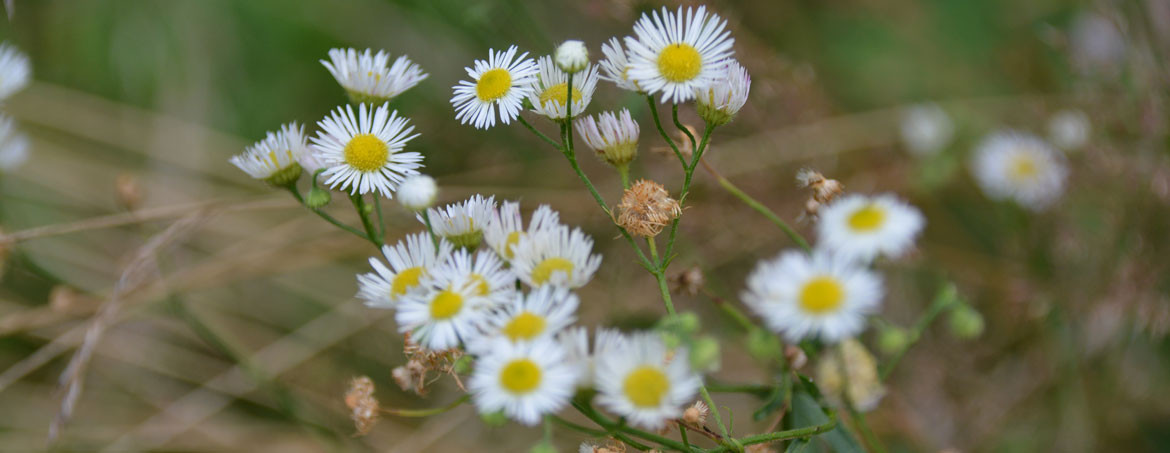
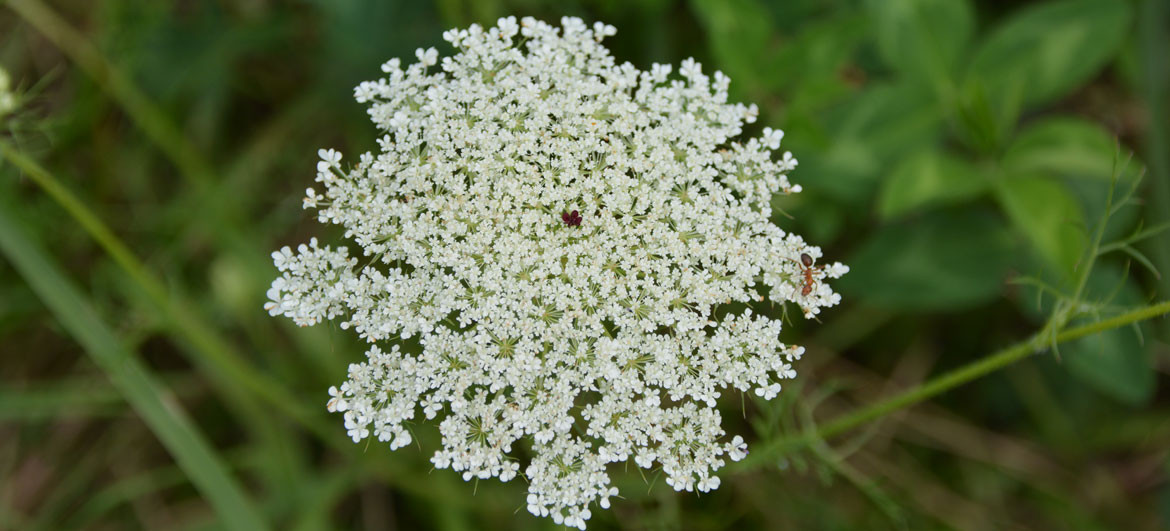
While Free Range running the WooFPAK on the farm on July 21, 2014, the WooFDriver captured what appears to be an Elderberry(Sambucus) flower. It used to be placed in the honeysuckle family but was reclassified. The elderberry family is called the Adoxaceae and contains between 5 to 30 species of shrubs, trees and perennial plants.
Wikipedia’s Webpage for more information.
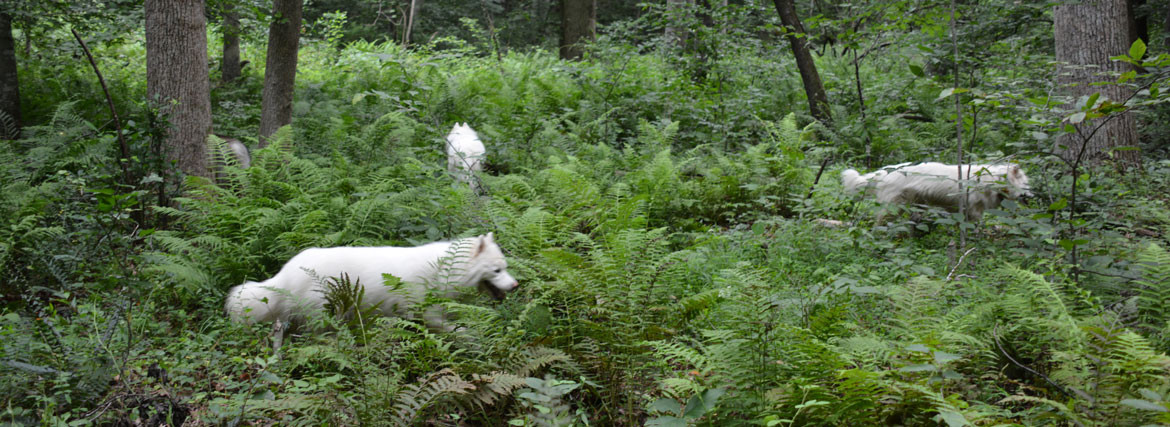
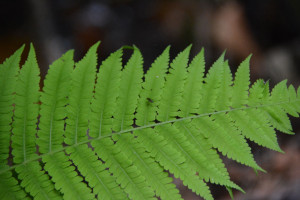 On July 24, 2014 the WooFPAK went on a Free Ranging tour of the forest! There they got to explore and hide in the ferns. I was intrigued to learn that ferns first appear in the fossil record 360 million years ago, but many of the current families and species did not appear until roughly 145 million years ago, afterwards flowering plants came to dominate many environments.
On July 24, 2014 the WooFPAK went on a Free Ranging tour of the forest! There they got to explore and hide in the ferns. I was intrigued to learn that ferns first appear in the fossil record 360 million years ago, but many of the current families and species did not appear until roughly 145 million years ago, afterwards flowering plants came to dominate many environments.
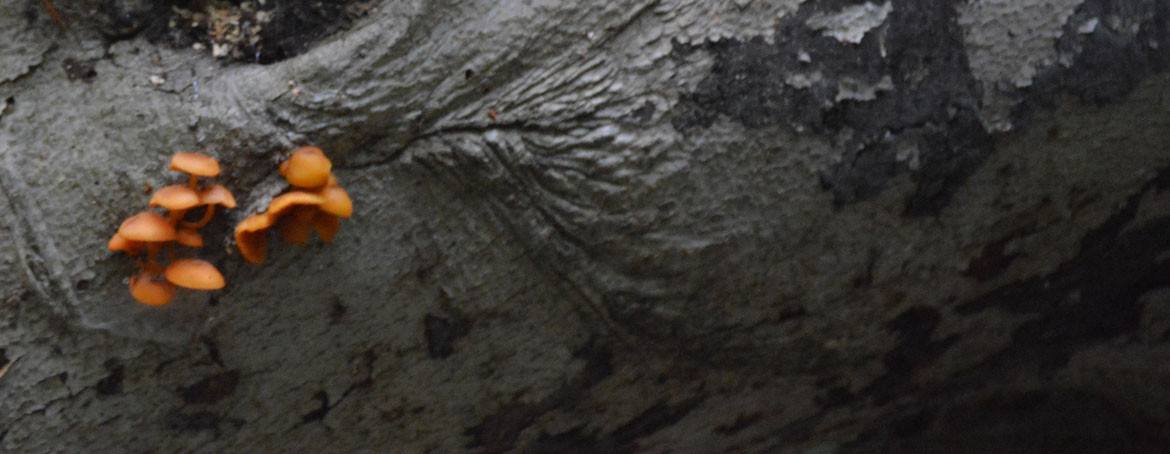
When the WooFPAK found the large variety of mushrooms during their wooded Free Ranging run on July 24, 2014 they also saw these little mushrooms. I believe they are part of the Gymnopilus genus, but not sure of what species.
Wikipedia’s List of Gymnopilus Species some look so close!
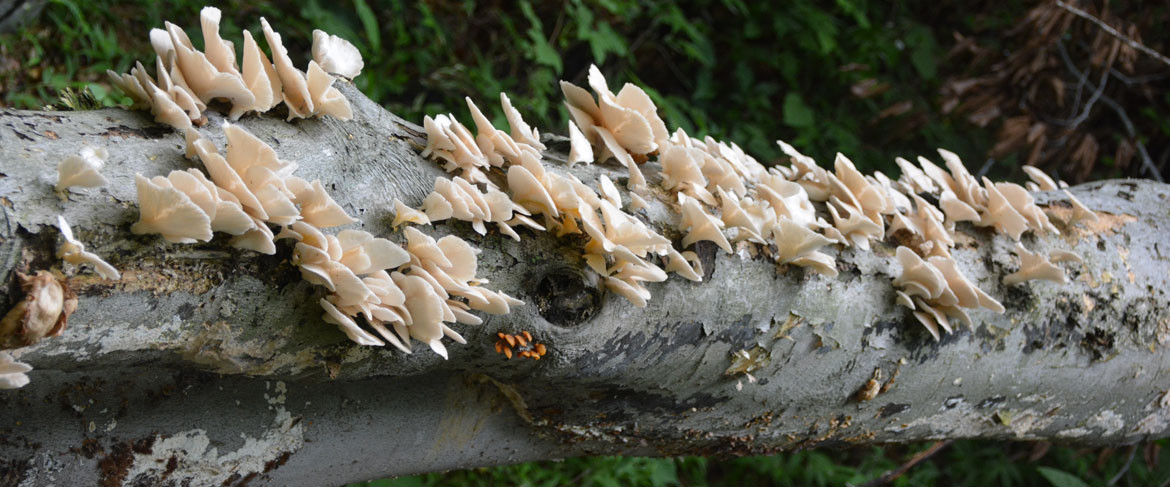
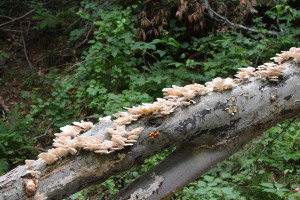 On the WooFPAK’s wooded Free Ranging tour they came across an area with loads of mushrooms! It appears to me to be a type of Oyster mushroom, maybe the Pleurotus pulmonarius, as known as the Lung Oyster. They grow in clusters on deciduous trees in overlapping groups.
On the WooFPAK’s wooded Free Ranging tour they came across an area with loads of mushrooms! It appears to me to be a type of Oyster mushroom, maybe the Pleurotus pulmonarius, as known as the Lung Oyster. They grow in clusters on deciduous trees in overlapping groups.
Rogers Mushrooms Webpage to learn more.
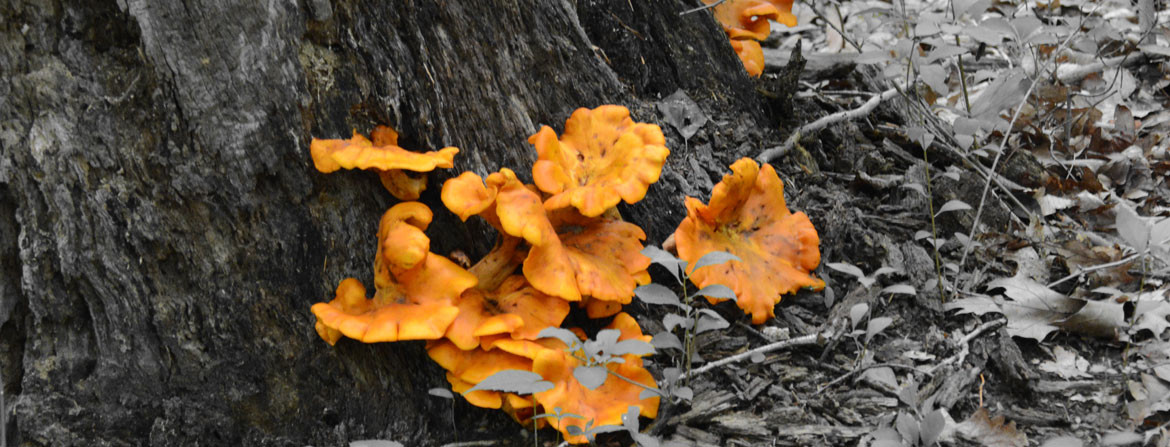
On July 24, 2014 the WooFPAK was out Free Range running the woodlands when they came across an area full of mushrooms! I believe them to be of the Chanterelle family. They tend to grow in clusters in mossy coniferous forests and also grow in mountainous birch forests, and among grasses and low-growing herbs. They are edible, IF I identified them correctly! One should never eat without being 100% sure!!
Here are two different websites I found on these mushrooms:
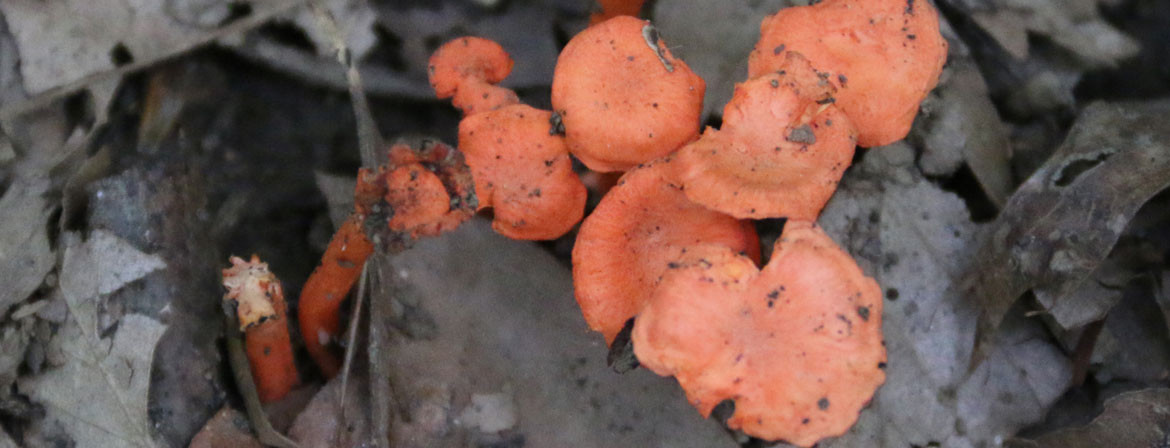
On August 7, 2014 the WooFPAK was Free Ranging and came across these mushrooms. Upon research I believe they are the of the Lactarius Hygrophoroides variety, part of the Milk Cap species. They are widely found in eastern North America in their season of June to September.
On July 24, 2014 on their wooded Free Ranging tour, the WooFPAK came across some more mushrooms that appear to be of this variety. They are widely distributed in the North America, with their season being June to September.
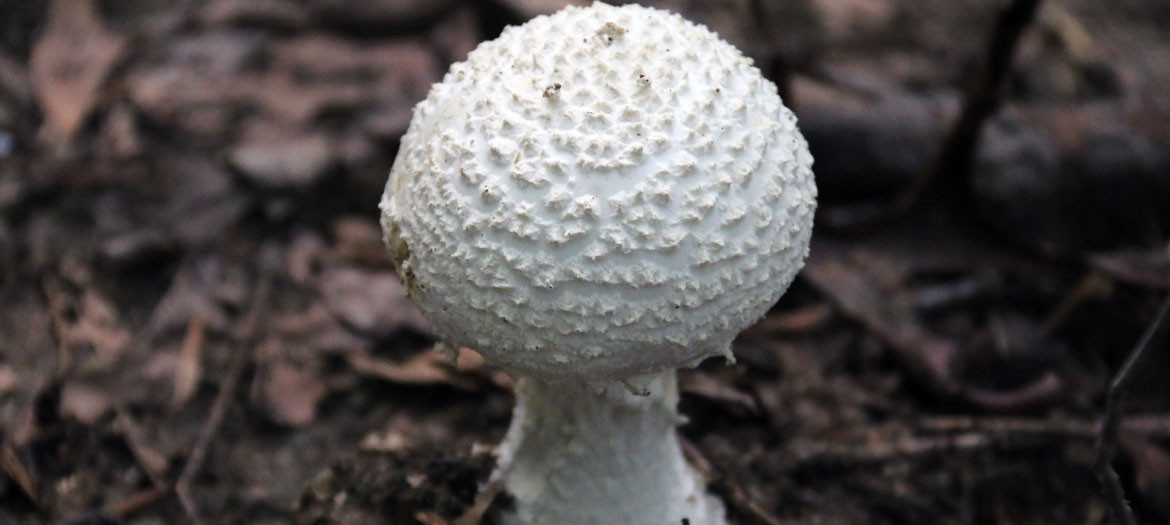
Take a look at this golf ball shaped mushroom we found back on August 20, 2014! Appears to me to be the Gem Studded Puffball(Lycoperdon perlatum). They grow in fields, gardens, grassy areas in the woods and even along the road. They can grow both singly or in clusters.
The Puffball Mushroom’s Wikipedia Webpage for more information.
Enjoy this collection of photos of Puffball Mushrooms WooFDriver captured on several occasions!
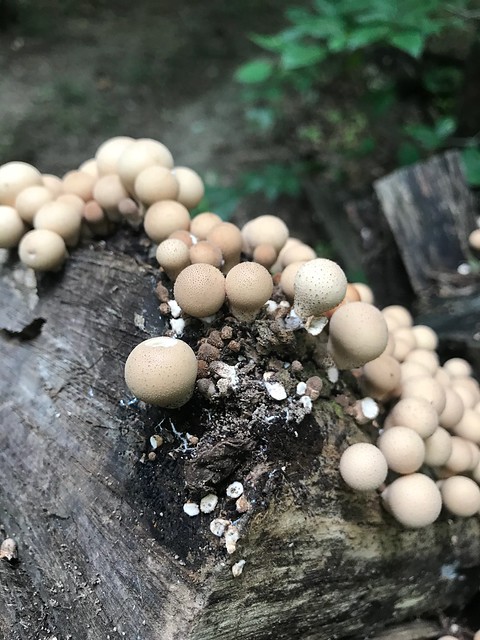
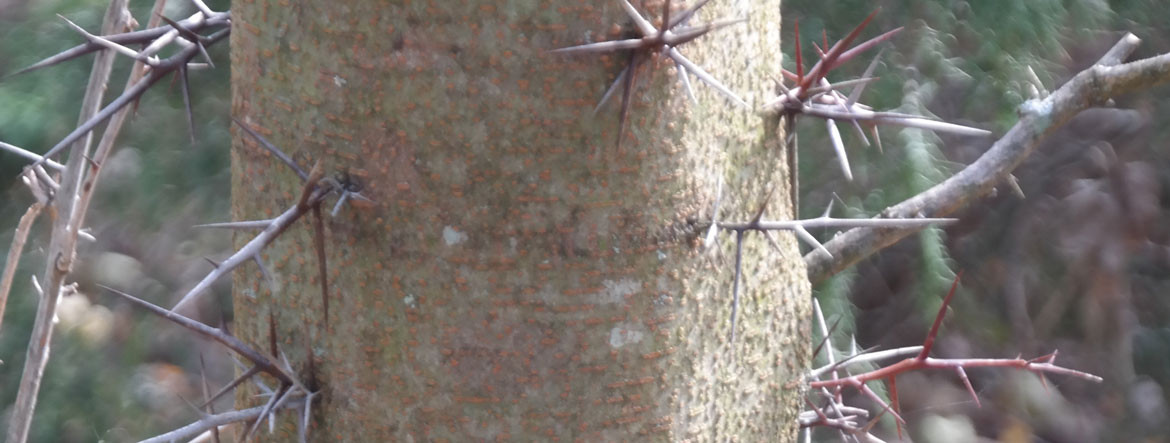
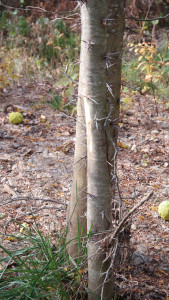
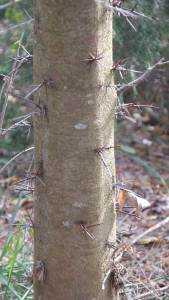 The WooFPAK was out ATV Free Ranging on November 4, 2014 when we came across this dangerous looking set of trees. Honey Locust trees is what my investigation found. Also known as the thorny locust. It is a deciduous tree native to central North America where it is mostly found in the moist soil of river valleys. The Honey Locust has become a significant invasive weed in other regions of the world. Read More About the Honey Locust Here
The WooFPAK was out ATV Free Ranging on November 4, 2014 when we came across this dangerous looking set of trees. Honey Locust trees is what my investigation found. Also known as the thorny locust. It is a deciduous tree native to central North America where it is mostly found in the moist soil of river valleys. The Honey Locust has become a significant invasive weed in other regions of the world. Read More About the Honey Locust Here